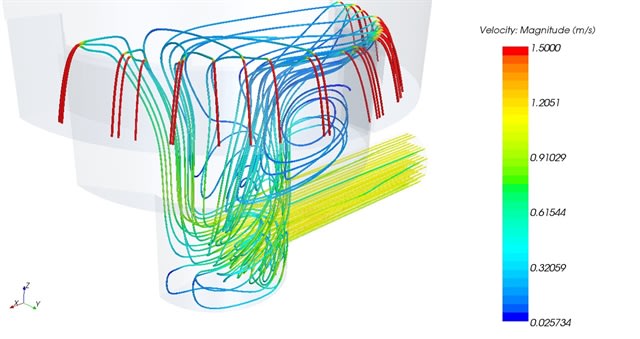sbrats
Mechanical
- Nov 27, 2005
- 47
Hello,
I'm playing in the garage (again) fixing some air equipment related to air fittings on my car and bicycle(s) wheels. I'm looking at using a presta valve core (normally used on cycle tires)in a housing.
Is there a specification somewhere for the threads and such (housing and sealing edge details) of the valve core body so that I can drill & tap a housing to accept a presta valve core.
I have spent some time "on google" but haven't really found something that is definitive.
Or a pointer to a spec.
Thanks
Stephen
I'm playing in the garage (again) fixing some air equipment related to air fittings on my car and bicycle(s) wheels. I'm looking at using a presta valve core (normally used on cycle tires)in a housing.
Is there a specification somewhere for the threads and such (housing and sealing edge details) of the valve core body so that I can drill & tap a housing to accept a presta valve core.
I have spent some time "on google" but haven't really found something that is definitive.
Or a pointer to a spec.
Thanks
Stephen



